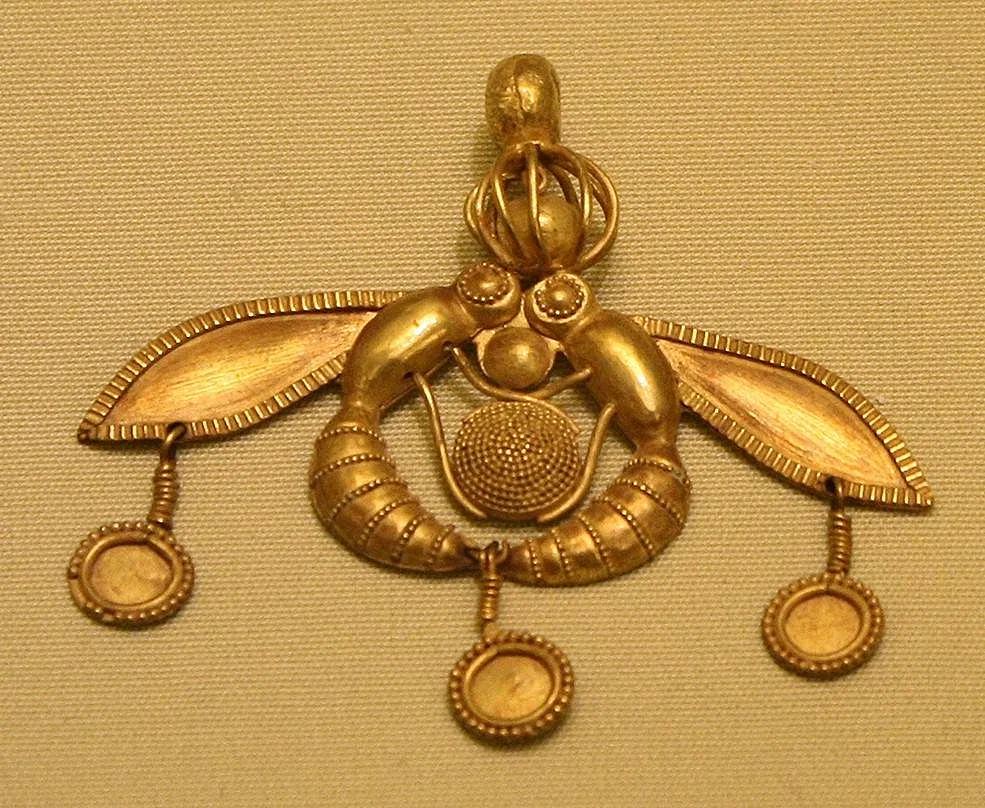Crete, the largest of the Greek islands, is renowned for its rich history, stunning landscapes, and vibrant culture. Among its many attractions, the island’s artisanal craft scene stands out as a testament to the creativity and skill of its people. From traditional pottery and intricate textiles to exquisite jewelry and unique leather goods, Cretan artisans continue to produce treasures that reflect the island’s heritage and contemporary flair. This guide explores the Cretan craft scene, highlighting the best places to discover and appreciate these artisanal masterpieces.
The Tradition of Cretan Pottery
1. The Art of Pottery: Pottery has been a significant part of Cretan culture for thousands of years, dating back to the Minoan civilization. The island’s clay-rich soil provides the perfect medium for creating beautiful and functional pottery. Traditional Cretan pottery is characterized by its earthy tones, intricate designs, and practical forms.
2. Thrapsano Village: Known as the “pottery village” of Crete, Thrapsano has been a center of ceramic production for centuries. Here, you can visit workshops where artisans shape clay into everything from large storage jars (pithoi) to delicate tableware. Visitors can watch the entire process, from molding the clay to firing the finished pieces in kilns.
3. Margarites Village: Another famous pottery village, Margarites, near Rethymno, is home to numerous ceramic studios. The village’s narrow streets are lined with shops showcasing both traditional and contemporary pottery. Workshops often offer pottery-making classes, allowing visitors to try their hand at this ancient craft.
Weaving and Textiles
4. The Art of Weaving: Weaving is a deeply rooted tradition in Crete, with techniques passed down through generations. The island’s textiles are known for their vibrant colors, geometric patterns, and high-quality craftsmanship. Traditional weavings include rugs, blankets, and clothing, often made from wool or cotton.
5. Anogeia Village: Located in the mountains of central Crete, Anogeia is famous for its weaving tradition. The women of the village create stunning textiles using hand-operated looms. Visitors can tour the workshops, meet the weavers, and purchase beautiful handwoven items directly from the artisans.
6. Chania Old Town: In Chania’s old town, numerous shops and boutiques sell handmade textiles. From traditional Cretan costumes to modern interpretations of ancient designs, these shops offer a wide range of woven products that make perfect souvenirs or gifts.
Jewelry and Metalwork
7. The Art of Jewelry: Cretan jewelry is renowned for its intricate designs and high-quality materials. Drawing inspiration from Minoan and Byzantine traditions, local jewelers create stunning pieces using gold, silver, and semi-precious stones. Common motifs include natural elements like leaves and flowers, as well as geometric patterns.
8. Heraklion’s Market: The market streets of Heraklion are filled with jewelry shops where artisans display their creations. From delicate necklaces and earrings to bold bracelets and rings, the variety and craftsmanship are impressive. Many shops offer custom designs, allowing you to own a truly unique piece of Cretan jewelry.
9. Sitia’s Workshops: In the eastern part of Crete, Sitia is known for its skilled metalworkers. The town’s workshops produce beautiful items ranging from everyday wear to elaborate ceremonial pieces. Visiting these workshops provides insight into the traditional techniques that have been refined over centuries.
Leather Goods
10. The Art of Leatherworking: Crete’s leather goods are celebrated for their durability and craftsmanship. From handmade sandals and bags to belts and wallets, Cretan leather products are both stylish and functional.
11. Stivanadika Street in Chania: This historic street in Chania is lined with leather shops offering high-quality products. The tradition of leatherworking in this area dates back to the Venetian period, and many shops continue to use traditional methods to create their goods. Custom-fitted sandals and bags are particularly popular.
12. Rethymno’s Boutiques: Rethymno is another hub for leather goods. The town’s boutiques offer a range of products, often featuring contemporary designs that blend traditional techniques with modern aesthetics. Exploring these shops is a treat for anyone looking for unique, handcrafted leather items.
Supporting Local Artisans
13. Fair Trade and Sustainability: Supporting local artisans not only helps preserve traditional crafts but also promotes sustainable practices. Many Cretan artisans use locally sourced materials and environmentally friendly techniques. Purchasing directly from artisans ensures they receive a fair price for their work and helps sustain their livelihoods.
14. Craft Markets and Festivals: Attending local craft markets and festivals is a great way to discover a wide variety of Cretan crafts. Events like the Rethymno Renaissance Festival and various summer markets showcase the work of artisans from across the island, offering visitors a chance to purchase unique items and learn more about the crafts.
Conclusion
The Cretan craft scene is a vibrant and integral part of the island’s cultural heritage. From pottery and textiles to jewelry and leather goods, the artisanal treasures of Crete reflect the skill, creativity, and dedication of its people. By exploring the villages, workshops, and markets where these crafts are made, you can gain a deeper appreciation for the island’s artistic traditions and take home a piece of Cretan culture. Supporting local artisans not only helps preserve these ancient crafts but also ensures that they continue to thrive in the modern world. Whether you’re a collector, a casual shopper, or simply someone who appreciates fine craftsmanship, Crete’s artisanal treasures are sure to captivate and inspire.


